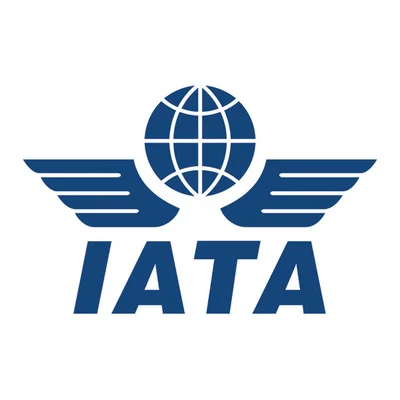The RV-6/6A marked a significant evolution with side-by-side seating for improved interaction between pilot and passenger. The RV-6A variant offered tricycle landing gear, appealing to different pilot preferences.
The RV-7/7A models were introduced in 2001 as replacements for the RV-6 series. They featured modernized elements like a longer wingspan and larger rudder to enhance aerobatic capabilities.
Revisiting tandem seating, the RV-8/8A offered a broader fuselage and increased cockpit space. The tricycle landing gear option of the RV-8A catered to varying pilot preferences.
In the early 2000s, Van's Aircraft introduced the RV-9/9A series focused on efficiency and training. It was designed for cross-country flying with a non-aerobatic design appealing to those seeking stability.
Expanding into family flying, the four-seat RV-10 debuted in 2003 with a spacious cabin and impressive performance powered by a 260 hp Lycoming engine.
The RV-12 series marked Van's entry into Light Sport Aircraft (LSA) with removable wings for ease of construction. The fuel-injected Rotax engine of the 2017 variant improved performance and efficiency.
Unveiled in 2012, the RV-14/14A offered advanced features like pre-punched holes to streamline construction. Designed for comfort without sacrificing performance, it accommodates the Lycoming IO-390 engine.
Departing from traditional designs, Van's first high-wing model, the RV-15, showcased at AirVenture in July 2022 offers short takeoff and landing capabilities for off-airport operations. The company has not yet begun accepting deposits for delivery positions as of July 2022.
Van's Aircraft continues to innovate with each model reflecting its commitment to meeting diverse aviation needs through performance and versatility.
 Alerts Sign-up
Alerts Sign-up




































